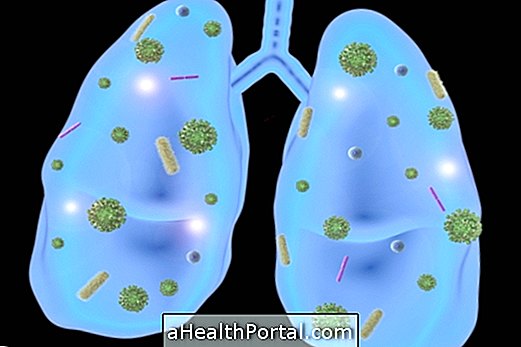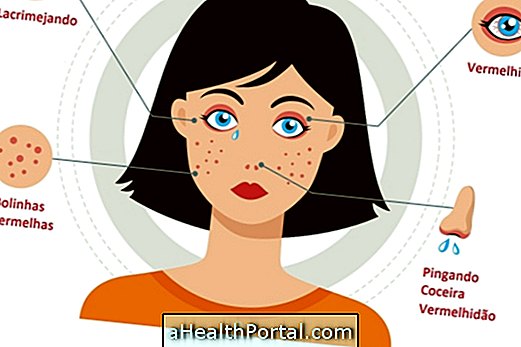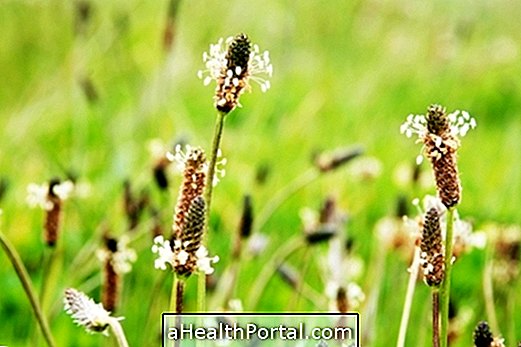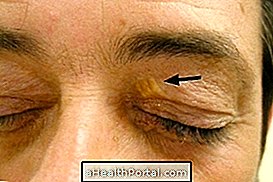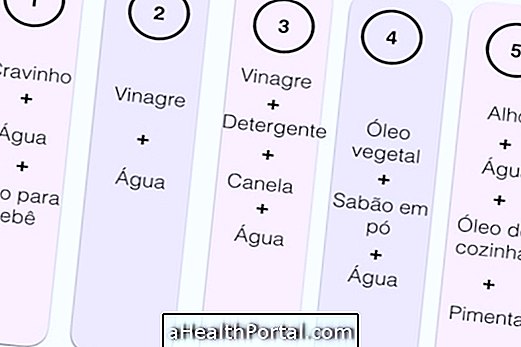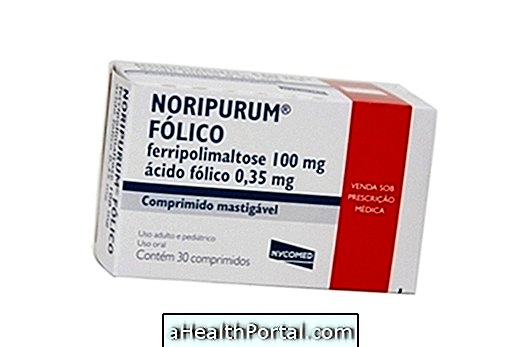The symptoms of the common flu and the H1N1 flu are very similar, but usually have different intensities or affect different regions of the body.
Knowing how to differentiate symptoms is important to seek medical help and initiate appropriate treatment, especially in the elderly, pregnant women and children, who are more likely to have complications.
Thus, see the table below for the specific symptoms of each disease:
| Symptoms | Common flu | H1N1 flu |
| High fever | x | x |
| Headache | x tolerable | very strong |
| Two in the muscles | x | x |
| Pain in the joints | x | |
| Chills | x | x |
| Cough | x | x |
| Catarrh | x | |
| Shortness of breath | x |
In addition to knowing the symptoms, it is important to remember that the manifestations of H1N1 flu, start quickly and suddenly, and that failure to treat this disease can cause complications such as pneumonia and, in more serious cases, death.
How to treat
The treatment is similar, being focused primarily to relieve symptoms and prevent dehydration. However, treatment for H1N1 flu also includes the use of specific drugs to combat the virus of this disease, such as Tamiflu and Releza, which should be taken when the first symptoms of H1N1 appear.
In addition, it is important to seek medical advice as soon as you notice signs of shortness of breath and vomiting so that proper diagnosis and treatment are made. Learn how swine flu treatment should be done.
While you are sick, it is very important to ensure hydration by drinking water, teas, soups or juices. Here's how to prepare some flu tea by watching the video:

How to prevent
To prevent influenza, contact with sick people should be avoided as the virus is transmitted through contact with droplets of saliva or contaminated objects such as dishes and cups. Another very important tip is to wash your hands more often. Watch the video below to follow the right steps to wash your hands:

As a form of prevention of H1N1 you can also take the flu vaccine and the medicine called Tamiflu, which is indicated for both prevention and treatment, varying only the dosage used in each case.

